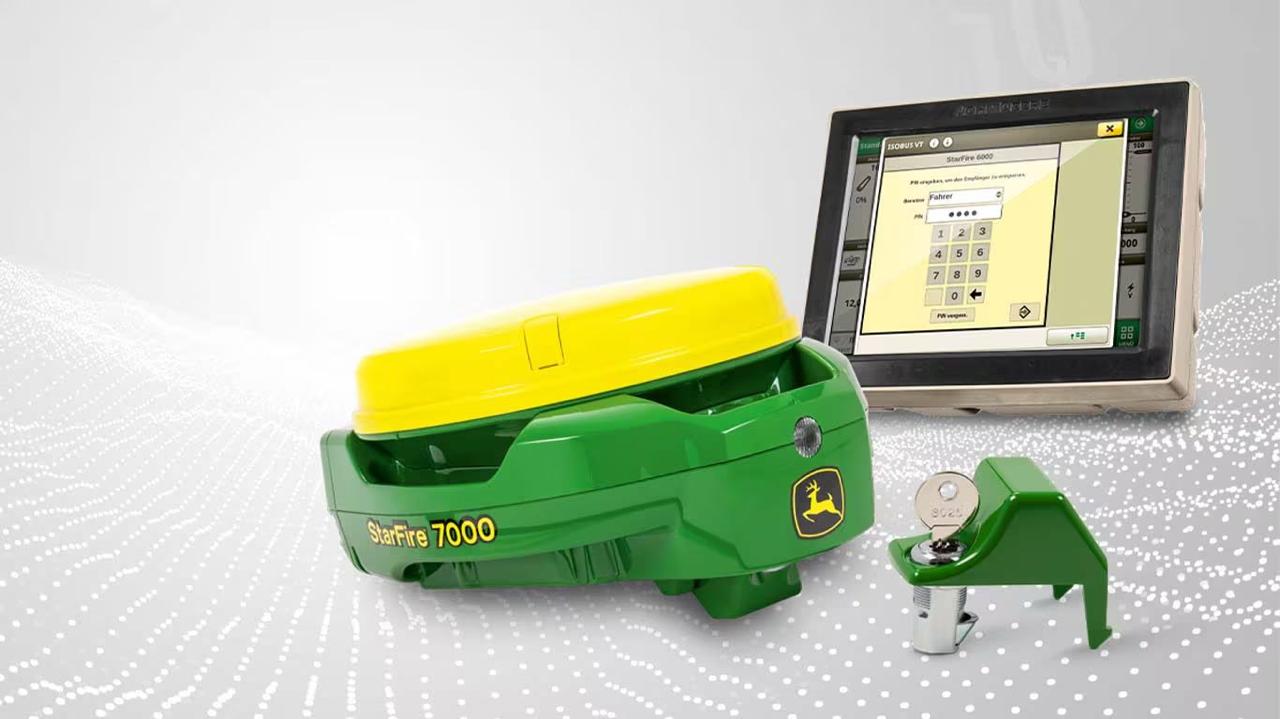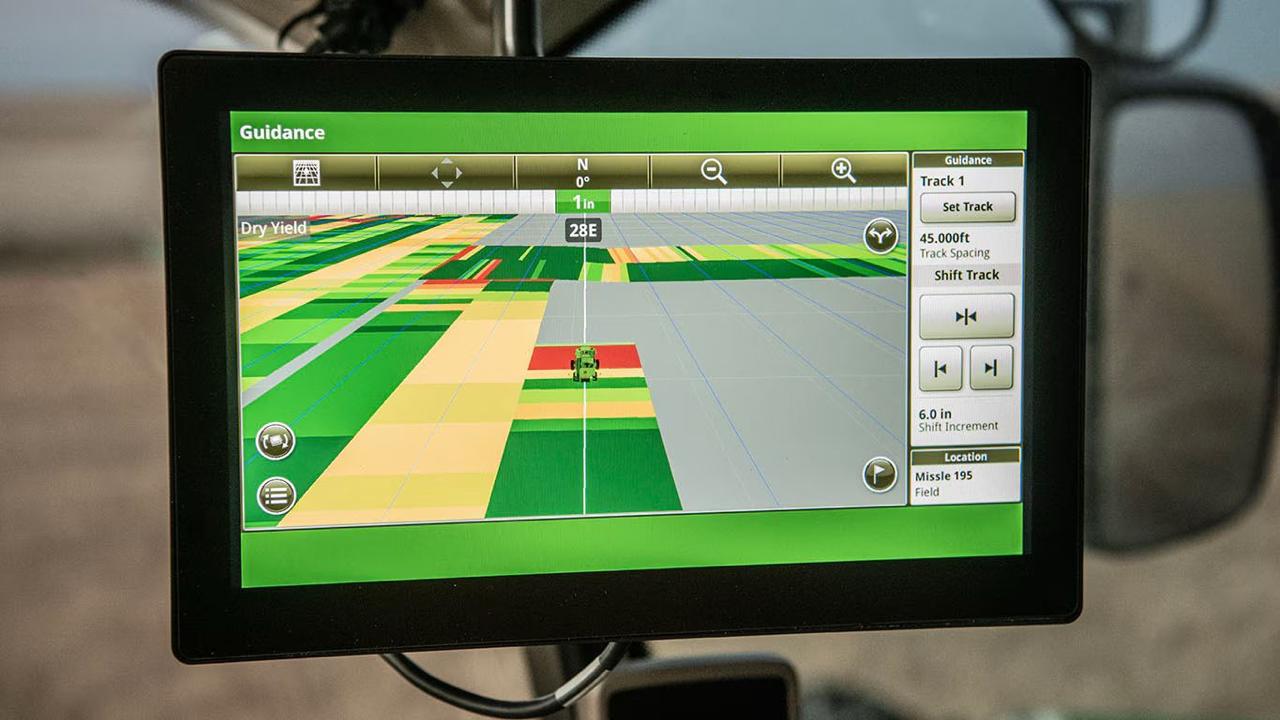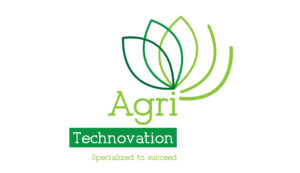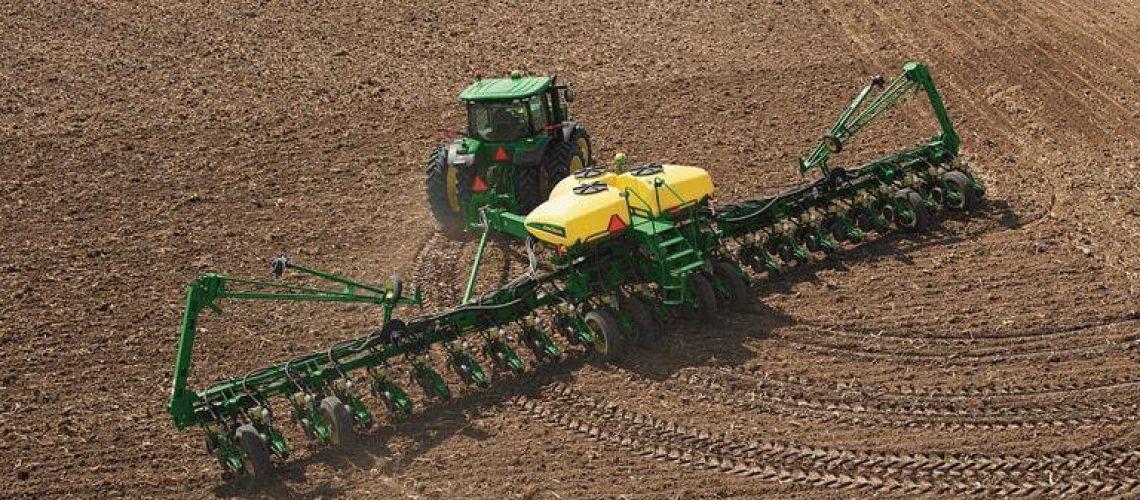Gerald Smith, Head of Field Operations
Introduction
Precision agriculture has revolutionised broadacre farming, enabling producers to optimise crop
yields, reduce waste and promote sustainability. One crucial aspect of precision agriculture is the
use of Sub-Foot Real-Time Kinematic (SF-RTK) boundaries for variable rate applications.
Previous non-precision methods applied to determine block, field and zone boundaries on
large open fields did not yield consistent or accurate results due to a number of factors, including
varying technologies, the human factor and others. This resulted in inaccurate variable rate
applications, which in turn adversely impacted yield. However, with the availability of precision
technology it is now possible to determine highly accurate block, field and zone boundaries,
resulting in accurate variable applications.
What are SF-RTK boundaries?
SF-RTK boundaries refer to the precise definition of management zones within a field, using precision (SF-RTK GPS) technology. This technology provides location accuracy down to
a few centimetres, making it possible to create detailed boundary maps of blocks/fields and to define very specific management zones, presenting a variety of benefits.
The technology is to precisely define boundaries and then use data compiled by GIS based on precise data sets that are entered to perform zone allocations.
To obtain these accurate data sets to work in conjunction with the boundary service, there is a suite of other service offerings available, but not limited to: MYSOIL™Classification,
iTEST™Soil, iTEST™Farmers Samples, MYYIELD™ and for the pesticide application, there are PPM™ (Precision Pest Monitoring) services to establish application zones. The benefits offered by SF-RTK boundaries apply to all types of farming operations. This article explores these benefits, with a particular focus on the beneficial impact in broadacre farming.

Figure 1: Example of Precision Agricultural Management System used for the MYFIELD EDGE™ service. (Photo: www.deere.com 2025.)
General benefits of SF-RTK boundaries
Improved accuracy
SF-RTK boundaries make it possible for producers to apply variable rates of inputs such as fertilisers and pesticides with unprecedented accuracy. This results in a reduction in waste, minimises any environmental impact and optimises crop yields.
Increased operational efficiency
By defining specific management zones, producers can tailor their applications to meet the unique requirements of each area. This streamlines operations, reduces costs and improves overall operational efficiency.
Enhanced crop management
SF-RTK boundaries allow producers to monitor and manage crop health, growth and development at a highly granular level, enabling targeted interventions. This in turn reduces the risk of crop failure, thereby improving overall yields.
Better decision-making
With SF-RTK boundaries producers can analyse detailed data per management zone regarding soil type, moisture levels and crop performance. This information is the key to better decision-making, making is possible for producers to optimise their strategies and ultimately improve profitability.
Reduced environmental impact
By applying measured (the correct quantity) inputs exactly where they are required, producers can minimise environmental harm, reduce chemical usage and promote sustainable practices.
Specific benefit to broadacre producers
Broadacre farming involves large scale farming operations conducted on wide open fields where boundary lines are not (as clearly) defined or visible as is the case in permanent crop farming.
To broadacre producers, the beneficial impact of SF-RTK boundaries will therefore be significant. Targeted variable rate applications can be done according to highly detailed and accurate boundary maps, ensuring optimal management of the different fields or zones.
SF-RTK boundaries can be applied in various precision management practices, including:
– Variable rate fertilisation: By applying fertilisers precisely where they are required, wasteful usage is reduced to an absolute minimum. The targeted application of fertiliser serves to optimise crop growth.
– Precision seeding: Due to the availability of zone-specific data, producers can plant seeds at optimal rates and depths in terms of soil type, moisture levels and crop requirements.
– Targeted pest control: Precise pesticide application in areas where required is
possible, reducing unnecessary applications and the use of chemicals, thereby minimising any adverse environmental impact.
Precision boundary service offering
The MYFIELD EDGE™ service currently offered to producers by Laeveld Agrochem and supported by Agri Technovation is a precision boundary tracking service. It involves the actual tracking of field boundaries (driving the boundary lines) by an expert resource, using a vehicle specifically equipped with SF-RTK GPS technology (Figure 1).
Data collected is used to draw up highly accurate boundary maps, which are made available to producers in electronic format. These maps are loaded onto farming machinery such as planters, tractors or spreaders equipped with compatible AMS technology, making accurate targeted applications possible (Figure 2).

Figure 2: Example of screen shot on a monitor showing variable rate application based on precision boundary map. (Photo: www.deere.com, 2025.)
Conclusion
SF-RTK boundaries offer numerous benefits to broadacre producers, from improved accuracy and efficiency in terms of applications, to enhanced crop management and reduced environmental
impact. By leveraging this technology, producers can optimise their operations, improve profitability and promote sustainability. As precision agriculture continues to evolve, SF-RTK boundaries will continue to play an increasingly important role in shaping the future of broadacre farming.
The MYFIELD EDGE™ precision service is available to assist producers, in particular broadacre producers, to accurately define and map the field boundaries, making it possible for them to reap the multiple benefits of SF-RTK boundaries.
References:
1. Bongiovanni, R., & Lowenberg-DeBoer, J. (2004). Precision agriculture and sustainability. Precision Agriculture, 5(4), 359-387.
2. Griffin, T. W., & Lowenberg-DeBoer, J. (2005). Worldwide adoption of precision agriculture technologies: A review of published research. Precision Agriculture, 6(2), 147-163.
3. Schimmelpfennig, D., & Ebel, R. (2016). Sequential adoption of precision agriculture technologies. Agricultural Economics, 47(3), 309-321.
4. www.deere.com accessed 30 April 2025.





